
If you go to the pet store to find a brush, then you’re more than likely overwhelmed with a gazillion brushes, each claiming to make your pet’s coat beautiful. But, we know that all pet’s coats are not alike. Some are long, some are short, some are fine, some are coarse, some are thick, and some are thin. Why would you use a brush made for long hair on a pet with short hair? Before you stress yourself out trying to choose a brush at the pet store, make sure you know what you are looking for.
First determine what type of coat your dog has. It’s obviously easy to tell whether the hair is long or short. For the purpose of finding a brush, medium lengthened hair should fall under the long haired category. Next, is the hair thick or thin? If you are unsure, then run your fingers through it. If the hair engulfs your hand, then it is pretty thick. If you can see the dog’s scalp easily or there is not much hair to run your fingers through, then it’s safe to say the hair is thin. Fine and coarse hair can be fairly tricky to determine if you are unfamiliar with the concepts. Grab a loose strand of hair, and roll it between your fingers. If you can easily feel the strand, then it is probably coarse. If you are rolling the hair between your fingers but can barely feel it, then it is probably fine. If you are unsure, then get a second opinion.
If your dog has long hair, then it probably tangles easily. For this reason, you need a brush that can brush through the hair without ripping out the tangles. The brush should be soft enough where it does not hurt your dog but firm enough to get through the long hair. The bristles should be fairly long to get down deep into the fur; this is especially true if the coat is also thick. There are a variety of long-haired brushes to choose from, including an oval pin brush or a slicker brush. Both brushes use stainless steel pins to help glide through the hair. If you choose a brush with pins, then make sure the ends are not sharp. You can find plastic-tipped pin brushes, protecting your dog’s skin. As a rule of thumb, brush your own skin with the brush you choose it for your dog. If it does not feel too good on your skin, then it probably won’t feel too good on your dog’s skin, either.
If your dog has more than one layer of fur, coarse hair, or a really thick coat, then you need to look for a dog rake. Pets with thick and layered coats need to be brushed more often than short-haired pets in order to get rid of the excess fur. The dog rake gets deep down into the bottom layer of hair and combs out the mats, tangles, and loose fur. Once the rake removes the extra hair in the bottom layer, a pin brush can be used to brush the top. Don’t assume that the dog rake is supposed to be hard or discomforting. Like using the pin brush, try the rake on your own skin first to see how it feels.
Dogs with short or fine hair are often the easiest to brush; there are not many tangles, mats, or extra hair. A standard dog comb can work wonders for a short-haired pooch. You can also use a brush if you prefer. If you choose to use a brush, then go with a rubber bristled or extra soft brush. If your dog’s hair is short or fine, then the brush or comb will spend a lot of time touching his scalp. There is no reason your dog should be uncomfortable or in pain while being brushed.
An easy, quick way to pick a brush is based on the breed of your dog. Some breeds have double layers of fur, while others only have one. Call a groomer or vet and ask them what type of brush is best for the breed. Some brushes even list the breeds that it works well with on their labels. Knowing how often your dog sheds and how many layers of fur he has will help you choose the perfect brush.
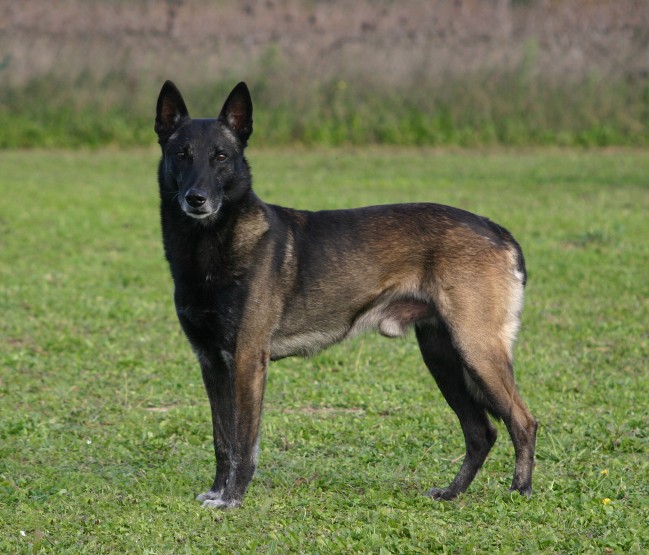 The Belgium Malinois And Epilepsy
The Belgium Malin
The Belgium Malinois And Epilepsy
The Belgium Malin
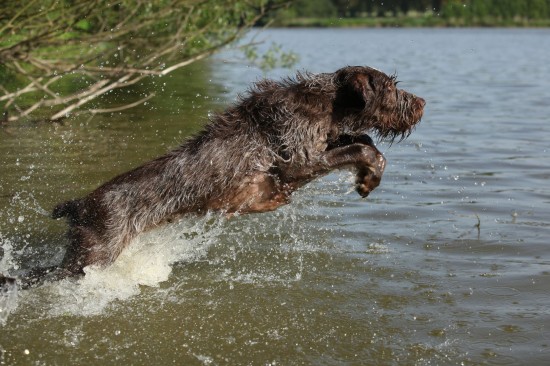 A Detailed Description Of The Italian Spinone
A Detailed Descri
A Detailed Description Of The Italian Spinone
A Detailed Descri
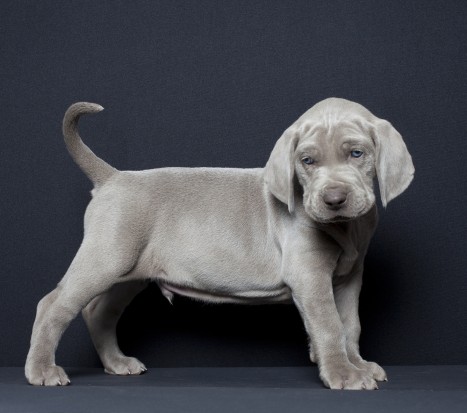 Responsible Breeding - Some Common-sense Guidelines For Both Breeders And Puppy Buyers
Responsible Breed
Responsible Breeding - Some Common-sense Guidelines For Both Breeders And Puppy Buyers
Responsible Breed
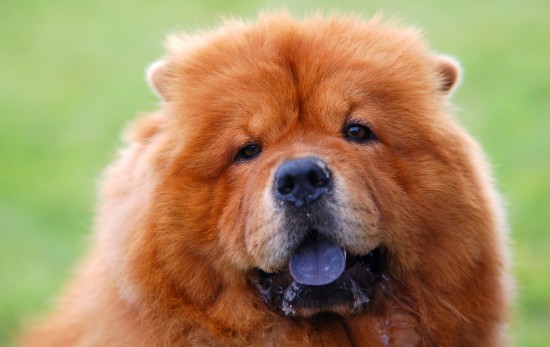 The Truth About The Bluish Black Tongue Of The Chow Chow
The Truth About T
The Truth About The Bluish Black Tongue Of The Chow Chow
The Truth About T
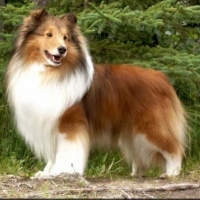 Dog Breeds: Grooming A Sheltie
There are standard guidelines for grooming any thick-coa
Dog Breeds: Grooming A Sheltie
There are standard guidelines for grooming any thick-coa
Copyright © 2005-2016 Pet Information All Rights Reserved
Contact us: www162date@outlook.com